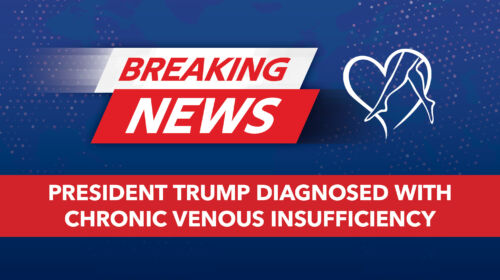
Why Are My Legs Aching for No Reason?
Leg pain, swelling, or heaviness could be signs of chronic venous insufficiency (CVI), a common but often overlooked vein condition that affects millions of adults. This blog from Center for Vein Restoration explains what causes varicose veins, spider veins, and vein-related leg pain, and how minimally invasive, outpatient treatments can help. Learn when to see a vein doctor and how to protect your leg health with expert care from the nation’s leader in vein treatment.

When to Worry About Leg Pain
Leg pain, swelling, or visible varicose veins may signal vein disease. This medically reviewed blog explains when to see a vein specialist and how early treatment for conditions like chronic venous insufficiency or DVT can prevent serious complications. Learn how Center for Vein Restoration offers fast, minimally invasive relief.
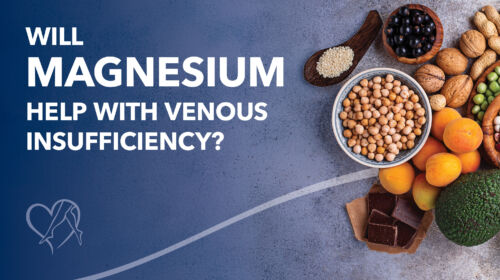
Will Magnesium Help With Venous Insufficiency?
Learn how magnesium can help improve blood flow and reduce leg pain or swelling caused by chronic venous insufficiency (CVI). This blog explains how adding magnesium to your diet may support healthier veins.
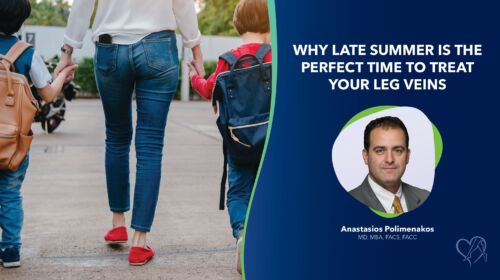
Why Late Summer Is the Perfect Time to Treat Your Leg Veins
Late summer is the perfect time to treat varicose veins and spider veins before schedules fill up and symptoms worsen. This blog explores why the back-to-school season offers an ideal window for vein treatment, from meeting your insurance deductible to cooler weather making compression stockings more comfortable. Learn how treating vein disease now can help prevent complications like leg ulcers and improve your quality of life. Discover expert, minimally invasive care at Center for Vein Restoration—America’s leader in vein treatment.
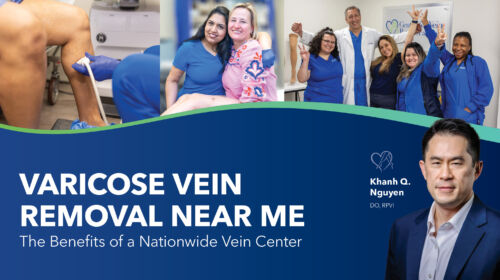
Varicose Vein Removal Near Me: The Benefits of a Nationwide Vein Center
This blog explains why choosing a nationwide vein center, such as Center for Vein Restoration (CVR) , can offer the best care for vein disease. Learn how CVR’s board-certified vein doctors use advanced, minimally invasive treatments to relieve symptoms such as leg pain, swelling, and varicose veins. With over 115 clinics nationwide, CVR provides convenient access, high-quality care, and affordable options for treating chronic venous insufficiency. Discover how CVR is transforming lives—one leg at a time.

Vein Care, Texas Style: CVR Welcomes Dr. Andrew Harding to Grapevine
Center for Vein Restoration (CVR) proudly welcomes Dr. Andrew Harding to its Grapevine, Texas clinic, expanding access to expert vein care in the Dallas-Fort Worth region. A board-certified family medicine physician and graduate of CVR’s Venous and Lymphatic Medicine Fellowship, Dr. Harding specializes in diagnosing and treating chronic venous insufficiency, varicose veins, leg pain, and swelling. His arrival strengthens CVR’s mission to provide personalized, minimally invasive vein treatments across North Texas.

The Healing Power of Nature: How Outdoor Activities Can Boost Venous Health
Nature can soothe your soul—but it can’t reverse vein disease. In this medically reviewed blog, discover how outdoor activities like walking, hiking, and swimming can support your circulation and venous health, while understanding the limitations of natural remedies for treating varicose veins and venous insufficiency. Learn why it’s essential to see a board-certified vein doctor at Center for Vein Restoration (CVR) for proper diagnosis and treatment. Combining lifestyle changes with expert medical care offers the best path to lasting leg relief and improved quality of life.
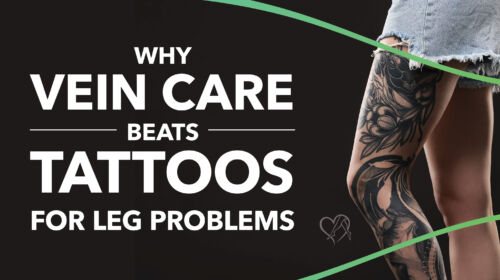
Why Vein Treatment Beats Tattoos for Leg Problems
Thinking about covering varicose veins or spider veins with a tattoo? Discover why medical vein treatment is safer, more effective, and longer-lasting. This blog from Center for Vein Restoration explains the risks of tattooing over problem veins and highlights proven treatment options for venous insufficiency, leg pain, swelling, and unsightly veins. Learn how a board-certified vein doctor can help you look and feel better—without the ink.
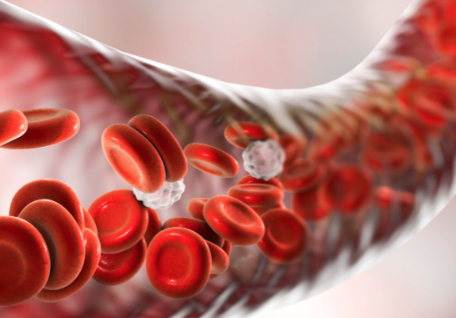 About Vein Disease
About Vein Disease
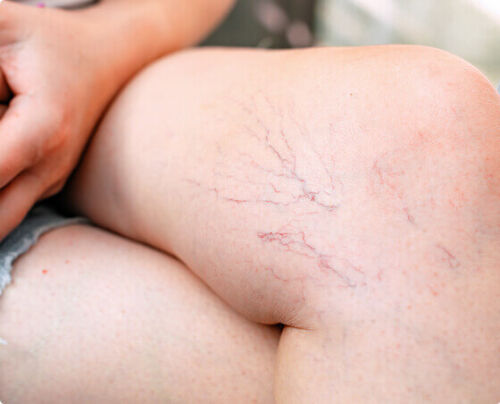 Spider Veins
Spider Veins
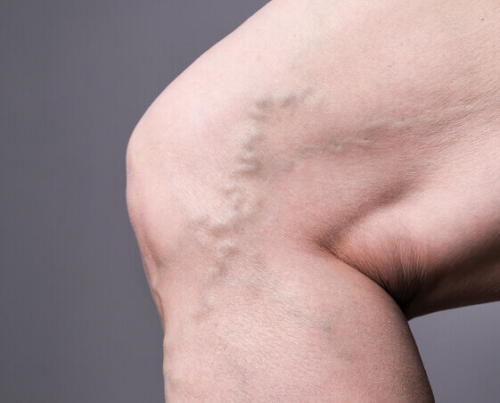 Varicose Veins
Varicose Veins
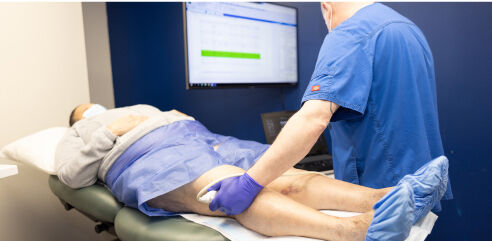 Vein Disease Treatments
Vein Disease Treatments
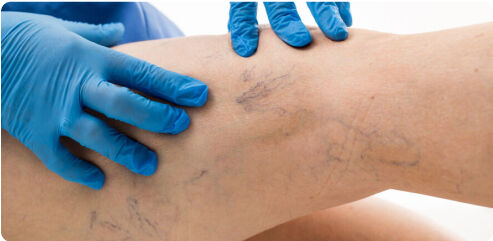 Treating Spider Veins
Treating Spider Veins
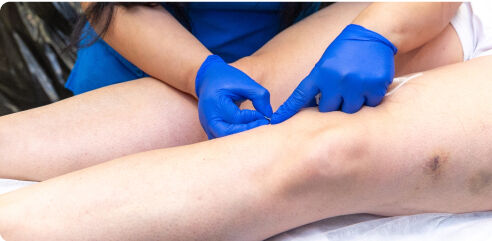 Treating Varicose Veins
Treating Varicose Veins
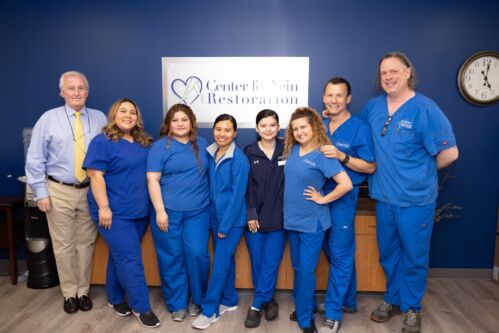 About Us
About Us
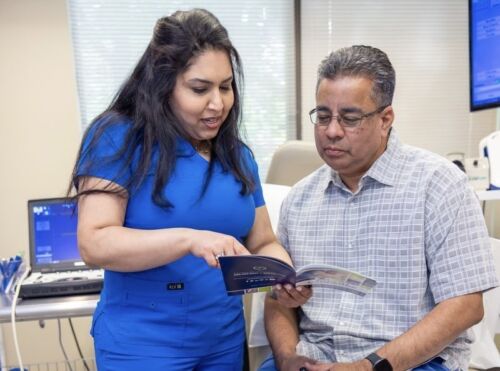 Patient Resources
Patient Resources
 Physician Resources
Physician Resources

